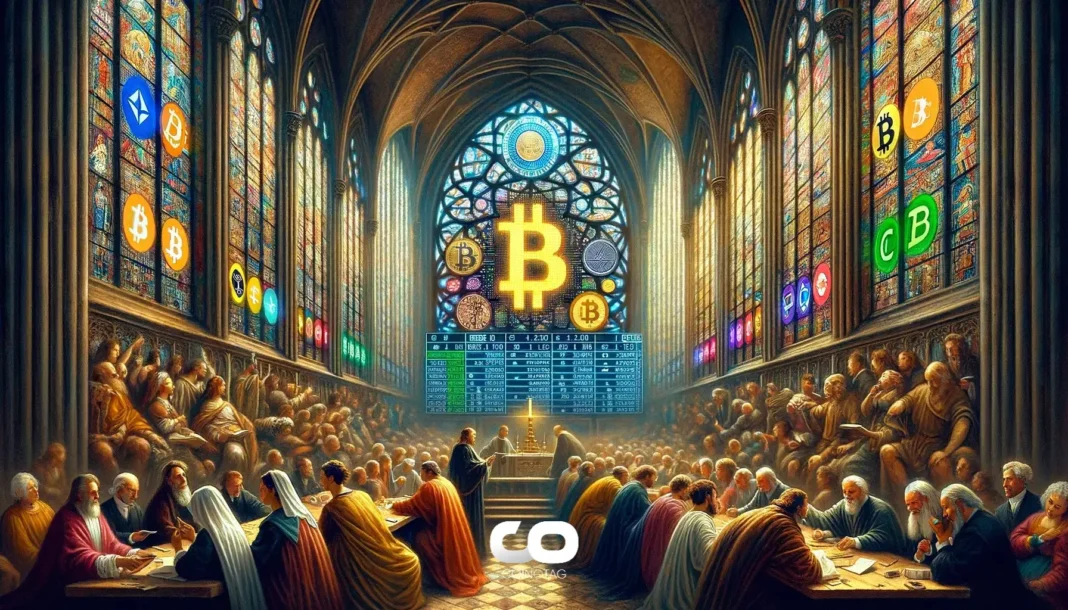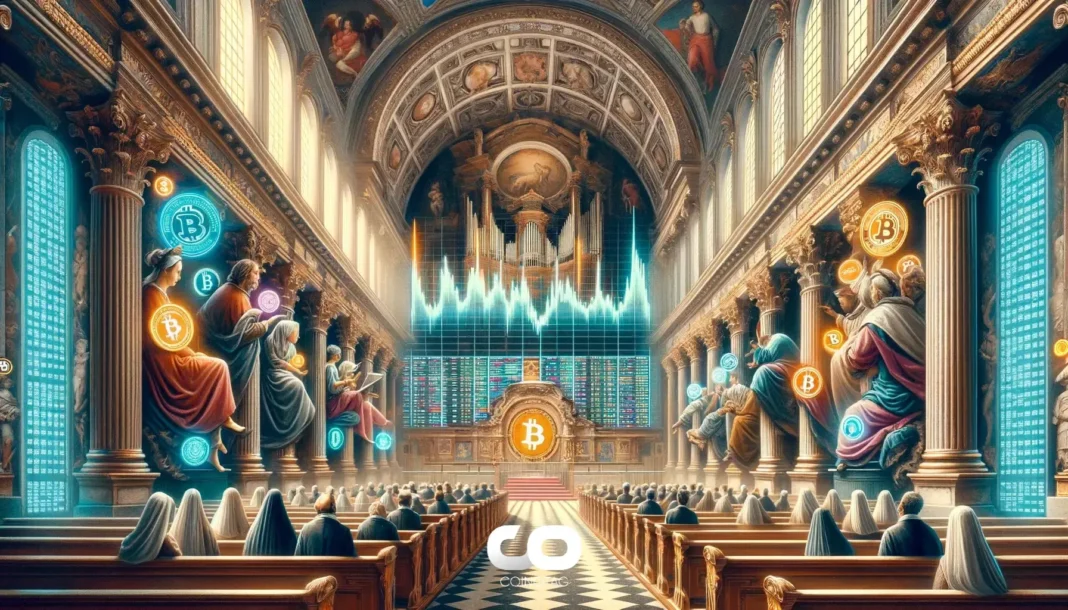-
Bitcoin’s recent surge in market dominance to 60% reflects a significant shift in investor sentiment towards digital assets amidst market volatility.
-
The institutional influx into Bitcoin contrasts sharply with the chaotic performance of altcoins like Solana, underscoring a reallocation of investor assets.
-
“The downturn in alts is a reflection of institutional capital flowing into bitcoin, which is now seen as a stable investment,” stated Hina Sattar Joshi, TP ICAP Digital Assets Sales Director.
Bitcoin’s market dominance surges to 60%, highlighting investor confidence as altcoins face volatility amid shifting digital asset trends.
Bitcoin Market Dominance Rises Amid Altcoin Turbulence
Bitcoin’s market dominance has experienced an impressive increase, climbing to approximately 60% over the past month. This rise can be attributed to both a reallocation of investor sentiment towards Bitcoin and notable volatility in the altcoin sector. Analysts suggest that this trend underscores a view of Bitcoin as a stable investment in contrast to the unpredictable nature exhibited by alternative cryptocurrencies.
The Impact of Institutional Sentiment on Bitcoin Pricing
In the context of Bitcoin’s resurgence, institutional sentiment plays a crucial role. Hina Sattar Joshi highlights that “Bitcoin dominance is now over 60%, reflecting the increased consolidation of institutional sentiment.” This shift indicates that professional investors are increasingly favoring Bitcoin over altcoins. While Bitcoin has seen price stability within a narrow range of $95,000 to $97,000, altcoins like Solana have faced wider fluctuations, trading around the $185 mark after a recent 4% decline.
Volatility in Altcoins and Its Effects on Market Confidence
Recent events, particularly the launch and rapid decline of the Libra token, have fueled uncertainty and diminished investor confidence in altcoins. The collapse, which saw a loss of approximately $4 billion in market capitalization soon after its launch, illustrates the fragility of some digital assets. Joshi pointed out that the altcoin market remains predominantly retail-driven, resulting in significant price swings that diverge sharply from Bitcoin’s more stable trajectory.
Future Outlook and Market Condition of Bitcoin and Altcoins
Looking ahead, analysts suggest that Bitcoin’s price consolidation is likely to persist until a new, decisive catalyst emerges. According to QCP Capital analysts, “With no significant crypto-specific catalysts in sight, price action appears to be more macro-driven.” This perspective suggests that Bitcoin’s correlation with traditional equities remains strong, indicating a continuation of existing trends in the absence of external triggers. As institutional demand increases, particularly with the potential for spot Bitcoin ETFs, the market is closely monitoring developments that could influence Bitcoin’s pricing landscape.
Derivatives Market Insights: A Cautious Approach
The derivatives market reflects a cautious sentiment among traders, with analysts noting a decrease in implied volatility. QCP Capital experts indicate, “With bitcoin comfortably back in the middle of the range, implied volatility continues to drift lower.” This caution stems from uncertainties across macroeconomic factors, including inflation and political developments. Interestingly, despite ongoing market dynamics, the open interest in crypto options hasn’t significantly revived, showcasing a trend towards waiting for concrete policy changes before taking more aggressive positions.
Conclusion
In conclusion, Bitcoin’s recent increase in market dominance emphasizes a shift towards institutional investment, highlighting its appeal as a stable asset in a tumultuous market. Altcoins, particularly in light of recent volatility and investor reactions, are currently viewing Bitcoin’s stability as a reference point for future confidence. This cautious yet observant stance among market participants suggests an expectation of substantive developments that could ultimately reshape the digital asset landscape.






